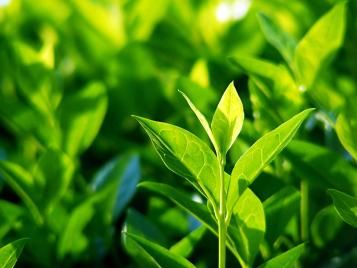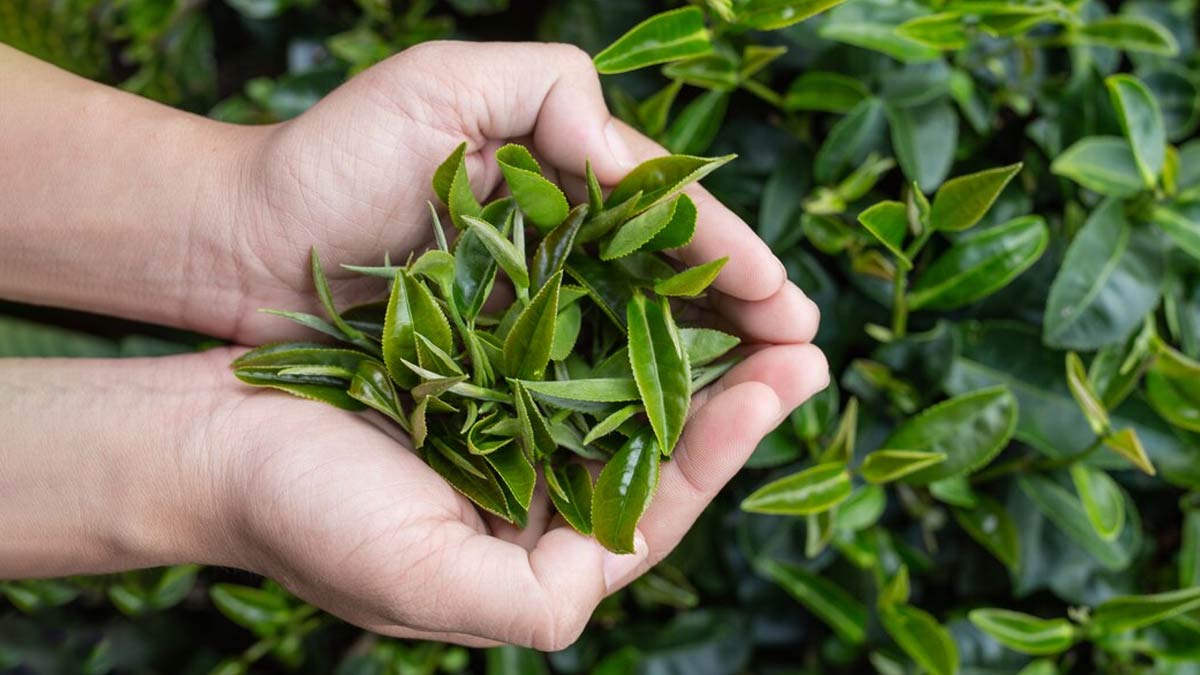How to grow tea plant, Tea is not just a beverage; it’s a tradition, a culture, and for many, a way of life. Imagine being able to step into your garden, pluck fresh tea leaves, and brew yourself a cup of tea straight from nature’s bounty. Growing your own tea plant can be a rewarding experience, both spiritually and gastronomically. In this comprehensive guide, we’ll delve into the art and science of cultivating tea plants, ensuring they thrive in your garden and provide you with an abundant harvest for years to come.
Understanding Tea Plants
Before delving into the specifics of cultivation, let’s acquaint ourselves with the tea plant (Camellia sinensis). Originating from East Asia, this evergreen shrub is the foundation of the world’s most cherished beverage. Tea plants flourish in subtropical climates, but with proper care, they can thrive in diverse environments. Various types of tea plants exist, each boasting distinct flavors and traits, yet they all adhere to similar cultivation standards for “How to Grow Tea Plant“.

Choosing the Right Location
Tea plants prefer well-drained, acidic soil and partial shade. When selecting a location in your garden, aim for an area that receives morning sunlight but is sheltered from intense afternoon rays. Avoid areas prone to waterlogging, as excessive moisture can harm the plants’ roots. If you’re unsure about your soil’s pH level, consider conducting a soil test and amending it accordingly to create optimal growing conditions for your tea plants.
Planting Techniques
Now that you’ve identified the perfect spot, it’s time to get your hands dirty. Tea plants can be propagated from seeds or cuttings, though cuttings are preferred for their genetic consistency. Prepare the planting site by loosening the soil and incorporating organic matter to improve its texture and fertility. Dig a hole slightly larger than the plant’s root ball and gently place the tea plant into the hole, ensuring it sits at the same depth as it did in its container. Backfill the hole and water thoroughly to settle the soil around the roots.

How to Grow Tea Plant, Caring for Your Tea Plants
Like any living organism, tea plants require care and attention to thrive. Here are some essential tips for ensuring your tea plants remain healthy and productive:
Watering:
Tea plants prefer consistent moisture, so water them regularly, especially during dry spells. Avoid overwatering, as soggy soil can lead to root rot.
Fertilization:
Feed your tea plants with a balanced fertilizer formulated for acid-loving plants. Apply fertilizer in early spring and again in late summer to promote vigorous growth and abundant foliage.
Pruning:
Prune your tea plants annually to maintain their shape and encourage new growth. Remove any dead or diseased branches, as well as any crossed or overcrowded stems.
Pest and Disease Control:
Keep an eye out for common pests such as aphids and mites, and treat infestations promptly to prevent damage to your tea plants. Neem oil and insecticidal soap are effective natural remedies for controlling pests. Additionally, practice good garden hygiene to minimize the risk of fungal diseases.
Harvesting and Processing Tea Leaves
The moment you’ve been waiting for has arrived – it’s time to harvest your tea leaves! Tea leaves can be harvested once the plants reach maturity, typically after two to three years of growth. To harvest tea leaves, pluck the tender young shoots, known as flushes, from the tips of the branches. Avoid harvesting more than one-third of the plant’s foliage at a time to ensure continued growth and productivity.

Once harvested, tea leaves undergo a series of processing steps to transform them into the beverage we know and love. These steps may vary depending on the type of tea you wish to produce, whether it’s green, black, oolong, or white tea. Common processing techniques include withering, rolling, oxidizing, and drying, each imparting unique flavors and characteristics to the final product.
Conclusion
Growing tea plants in your garden is a fulfilling endeavor that connects you to nature’s bounty and allows you to savor the true essence of tea. By understanding the needs of tea plants and providing them with the care they deserve, you can cultivate a thriving tea garden that delights your senses and nourishes your soul. So roll up your sleeves, dig in the dirt, and embark on your journey to tea-growing success with confidence and enthusiasm!

